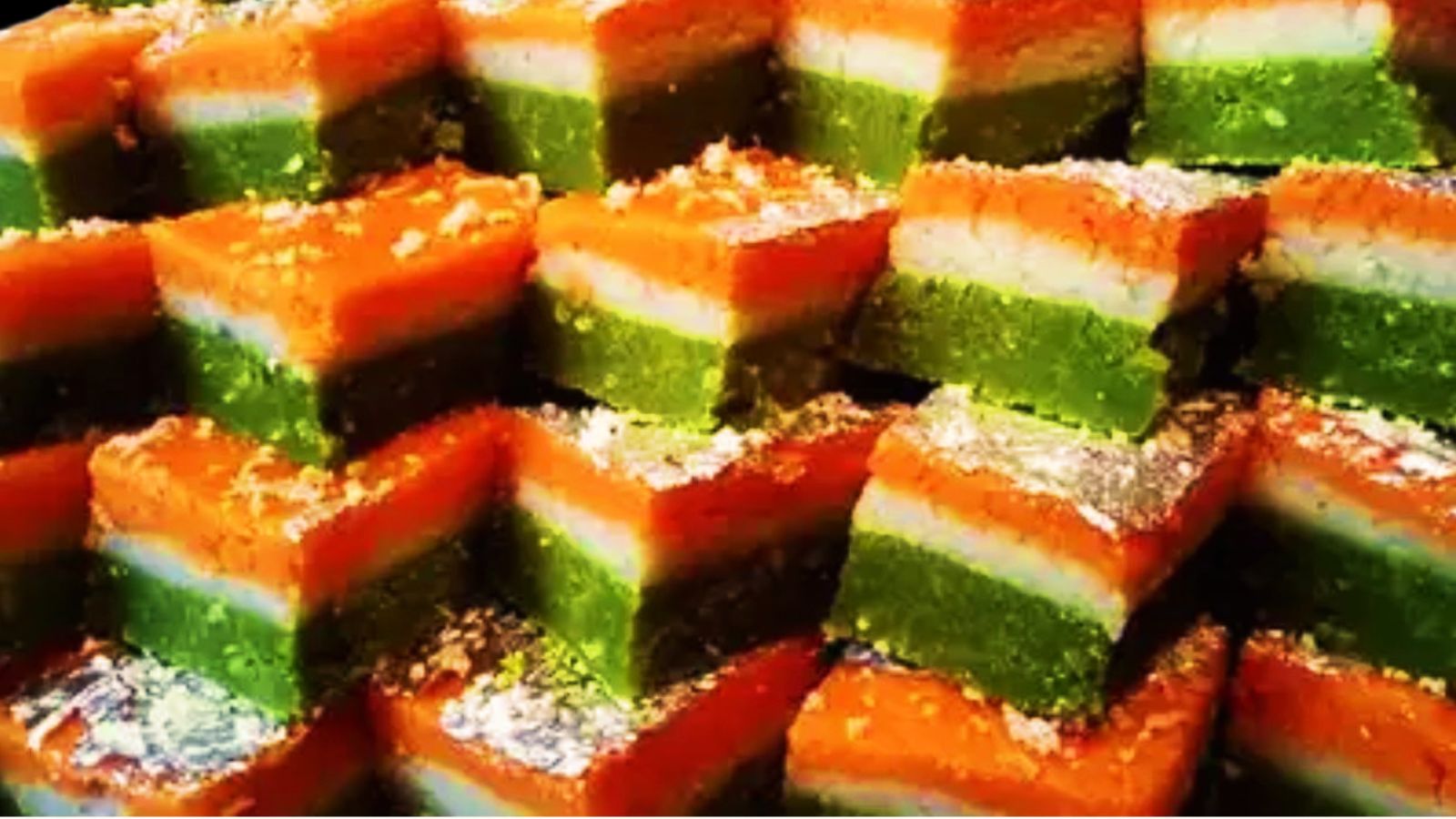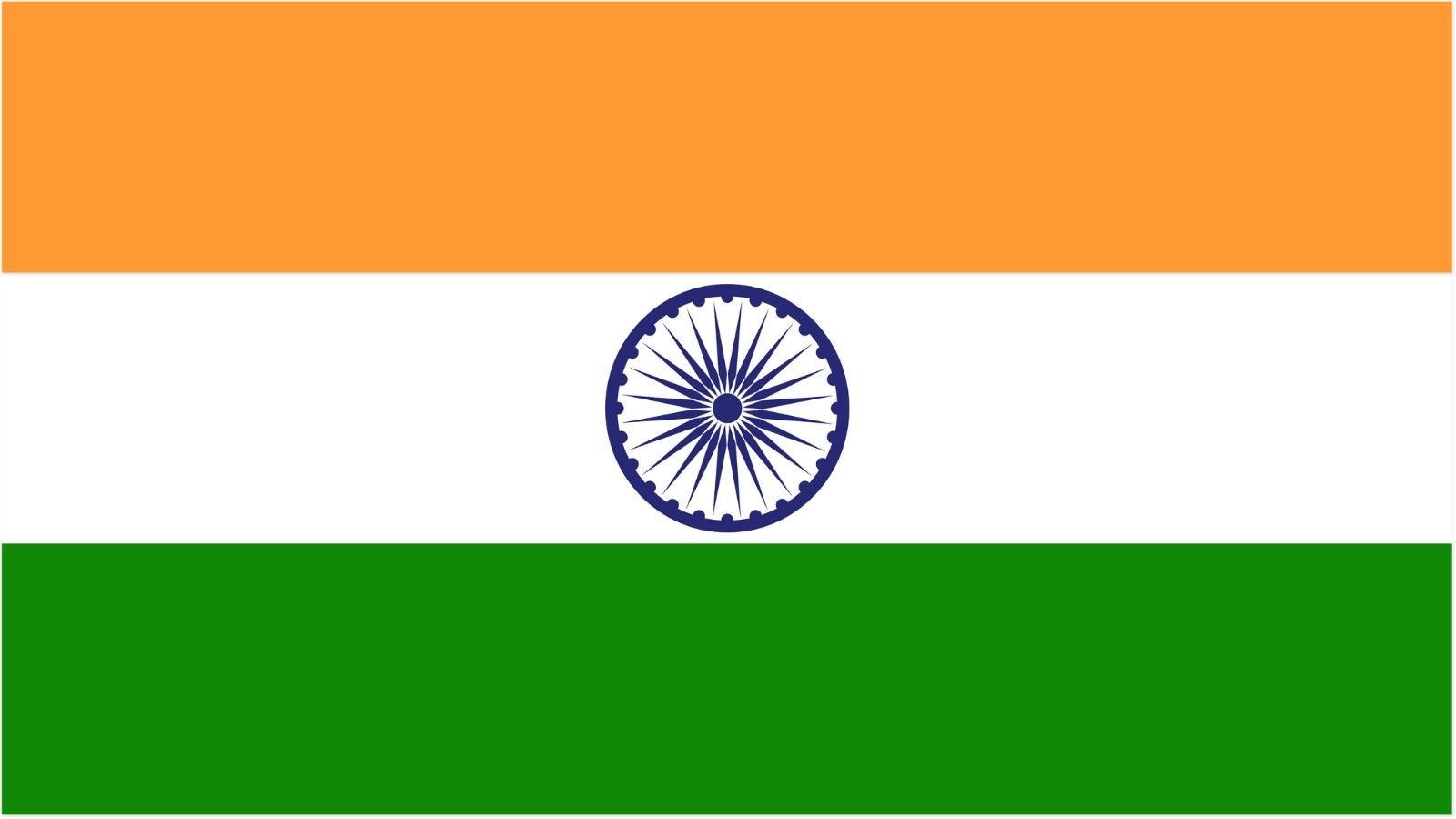Can a simple sweet inspire unity? Tirangi burfi did. Discover how this delicacy became a powerful weapon against the British during India’s struggle for independence.
The year was 1942. The Quit India Movement, led by Mahatma Gandhi, had ignited fervor across the nation. Threatened by the rising tide of resistance, British authorities clamped down on all forms of expression. They banned the unfurling of the tricolor, censored newspapers, and suppressed any public display of patriotism. Yet, the spirit of the Indian people could not be quelled.
During this period of intense repression, Madan Gopal Gupta, the visionary behind Sri Ram Bhandar in Varanasi’s Thatheri Bazar, conceived an idea that would defy the British in the most unexpected way. Inspired by Gandhi’s call of Do or Die, Gupta decided to create a sweet that would serve as a symbol of defiance and unity. Thus, the Tirangi Burfi was born.
A Sweet Symbol of Defiance
This delicacy, made from a blend of pistachios, cashews, almonds, saffron and khoya, was carefully crafted to mirror the colors of the Indian flag. It became a silent protest against British rule. As the tricolor was banned, the Tirangi Burfi circulated widely, uniting the people of Varanasi and subtly spreading messages of rebellion.
The Tirangi Burfi also served a practical purpose in the resistance. Freedom fighters used it to pass secret messages, evading the strict censorship of the British authorities. The sweet’s resemblance to the banned flag did not go unnoticed by the British, yet they were powerless to stop its spread.
Post-independence Legacy
After India gained independence, the Tirangi Burfi still retained its significance. It has patrons like Indira Gandhi who used to relish it during her campaigns in Varanasi. Over time, the recipe evolved to make it more affordable and accessible.
Modern-Day Tirangi Burfi
The modern version often uses condensed milk and food coloring to achieve the tricolor effect. Despite these changes, the essence of the sweet remains unchanged—a symbol of unity, resilience, and patriotism. In 2024, the sweet was accorded a Geographical Indication (GI) tag, recognizing its historical and cultural importance.
Even today, the Tirangi Burfi remains a powerful symbol of India’s fight for freedom. During the Independence Day and the Republic Day, demand for this delicacy swells up by a few times. It’s a sweet reminder that this humble dish once united people and inspired hope in the darkest of times.




2 thoughts on “Tirangi burfi: The sweet that united a nation”
I love this. Now I’m going to be getting some Tirangi barfi for IDay!
Share some with me as well, Pradeep :)